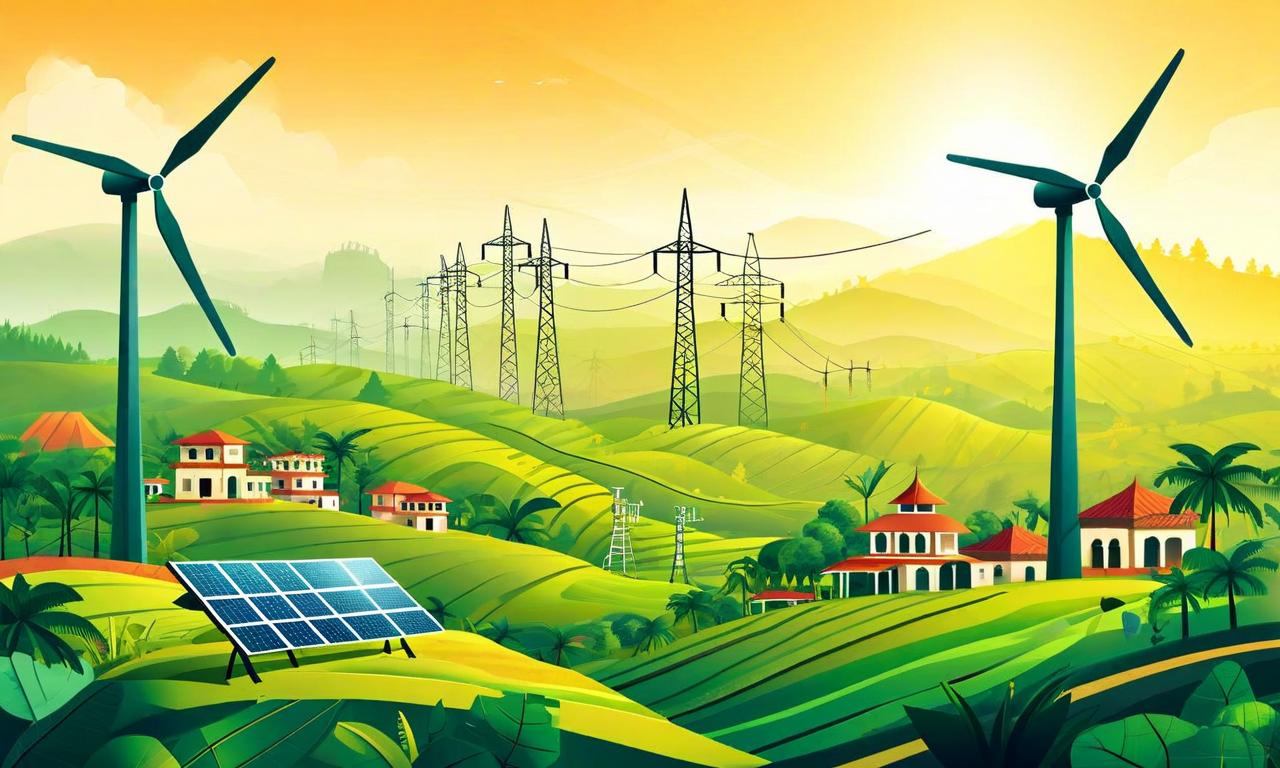US Jobless Claims Climb to 235,000, Surpassing Expectations
Unemployment benefit applications in the US increased by 11,000 to 235,000 for the week ending August 16, surpassing economist forecasts of 229,000. The four-week average of claims rose by 4,500 to 226,500. Long-term unemployment recipients increased by 30,000 to 1.97 million, the highest since November 2021. Despite the uptick, jobless claims remain within the historically healthy range of 200,000 to 250,000, indicating overall labor market stability.

*this image is generated using AI for illustrative purposes only.
The US labor market showed signs of slight cooling as unemployment benefit applications increased in the latest week, according to data released by the US Labor Department.
Key Highlights
- Unemployment benefit applications rose by 11,000 to 235,000 for the week ending August 16.
- The increase exceeded economist forecasts, which predicted 229,000 claims.
- The four-week average of claims, which smooths out weekly fluctuations, increased by 4,500 to 226,500.
Context and Trends
Despite the recent uptick, jobless claims remain within the historically healthy range of 200,000 to 250,000. This range has been consistent since the United States emerged from the COVID-19 pandemic, indicating overall stability in the labor market.
Long-Term Unemployment
The total number of Americans collecting unemployment benefits for the week of August 9 saw a notable increase:
| Metric | Value |
|---|---|
| Increase | 30,000 |
| Total Recipients | 1.97 million |
This marks the highest level since November 6, 2021.
Analysis
While the increase in jobless claims and the rise in long-term unemployment recipients might raise some concerns, it's important to note that these figures still fall within what economists consider a healthy range for the US labor market. The data suggests a slight softening in employment conditions, but not a dramatic shift that would indicate severe economic stress.
The labor market's resilience in the face of various economic challenges, including inflation concerns and global uncertainties, continues to be a key factor in the overall economic landscape of the United States. Economists and policymakers will likely continue to monitor these weekly figures closely for any signs of significant changes in labor market trends.

























